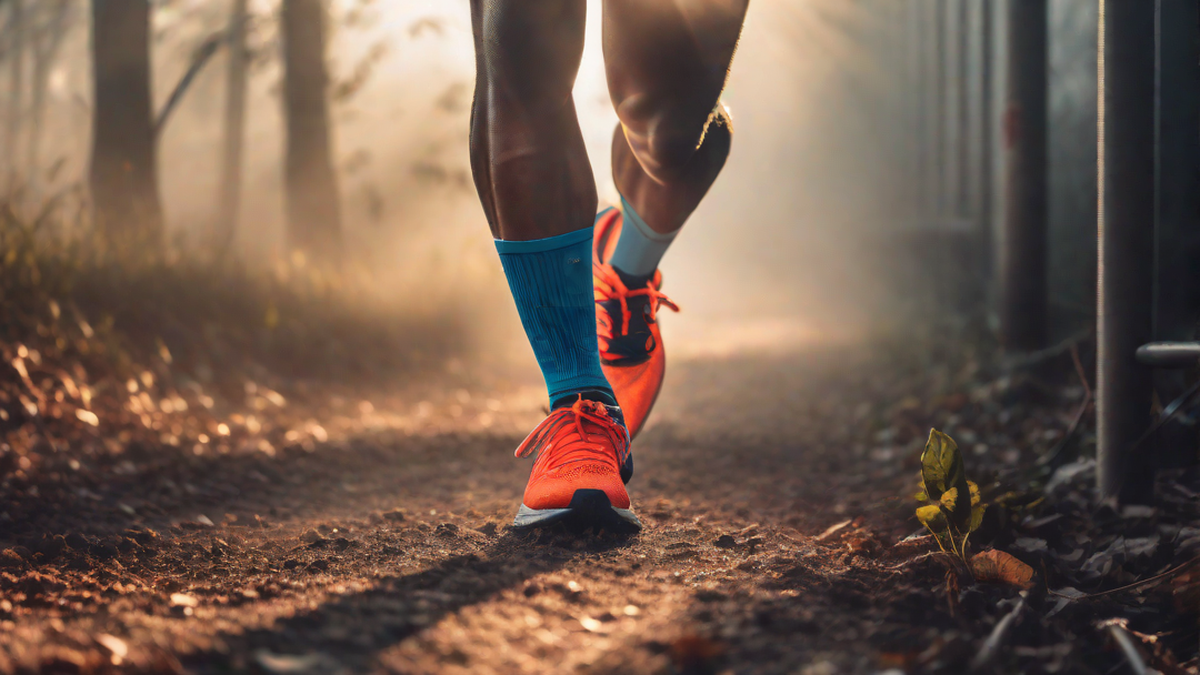As a passionate runner myself, I can confidently say that running is an excellent way to build leg muscles. When I first started running, I noticed a significant improvement in the strength and definition of my legs. But is running alone enough to build substantial leg muscles? Let’s dive deep into the details.
The Mechanics of Running
Before we discuss the impact of running on leg muscles, let’s understand the mechanics involved. When you run, your leg muscles work together to propel your body forward. The primary muscles involved in running are the quadriceps, hamstrings, calves, and glutes.
When your foot strikes the ground, your quadriceps contract to straighten your leg, pushing you forward. Simultaneously, your hamstrings lengthen and then contract to bring your leg back. Your calf muscles, specifically the gastrocnemius and soleus, push off the ground, propelling you forward. Lastly, your glutes, which are the largest muscles in your body, stabilize your pelvis and provide power to your stride.
The Benefits of Running for Leg Muscles
Running is a weight-bearing exercise, which means it puts stress on your bones and muscles, making them stronger. The repetitive motion of running engages your leg muscles consistently, leading to muscle growth and increased strength.
Running uphill or incorporating sprints into your routine can further challenge your leg muscles. Uphill running forces your leg muscles to work harder against gravity, resulting in increased muscle activation. Sprints require explosive power and engage fast-twitch muscle fibers, which can contribute to muscle development.
Additionally, running is a cardiovascular exercise that improves blood circulation in your legs. This increased blood flow delivers oxygen and nutrients to your leg muscles, aiding in their growth and recovery.
Supplementing Running for Maximum Leg Muscle Building
While running alone can certainly build leg muscles, supplementing your training can maximize your results. Incorporating strength training exercises such as squats, lunges, and calf raises can target specific leg muscles and promote muscle growth.
Furthermore, proper nutrition plays a crucial role in building leg muscles. Consuming an adequate amount of protein, which is essential for muscle repair and growth, can support your running efforts. Lean meats, poultry, fish, legumes, and dairy products are excellent sources of protein.
Conclusion
In conclusion, running is an effective way to build leg muscles. The repetitive motion and weight-bearing nature of running engage your quadriceps, hamstrings, calves, and glutes, leading to increased muscle strength and definition. Supplementing your running routine with strength training exercises and following a balanced diet will further enhance your leg muscle-building journey. So, lace up your running shoes, hit the road or trail, and enjoy the benefits of strong and toned legs!

